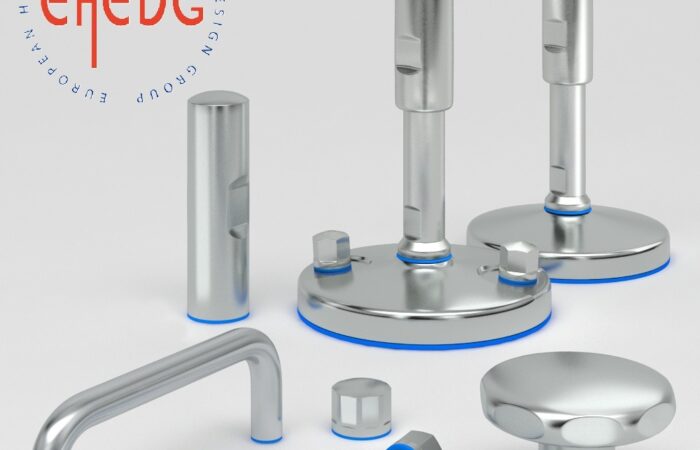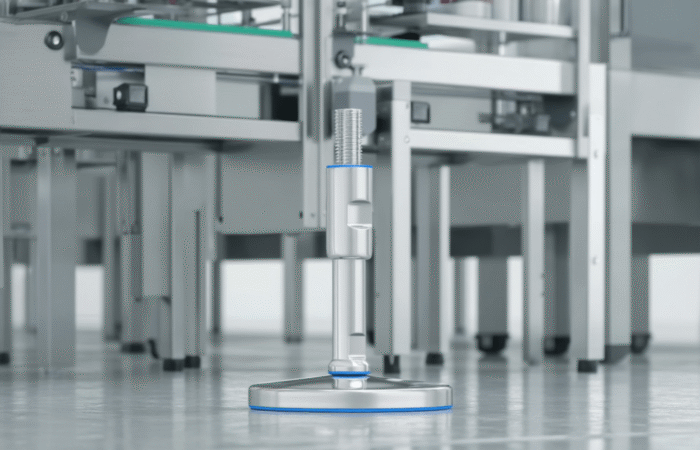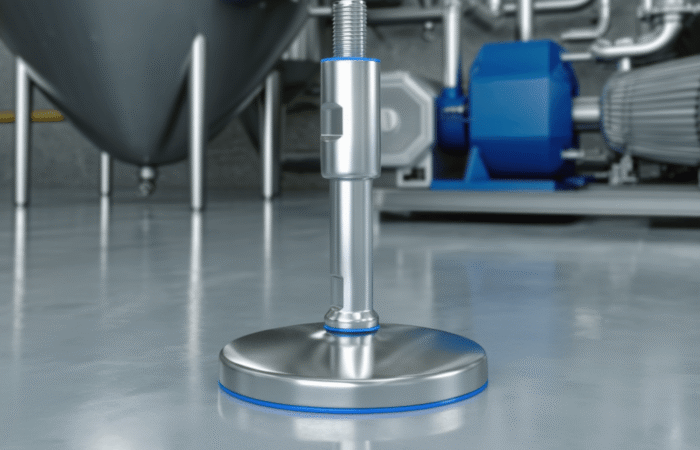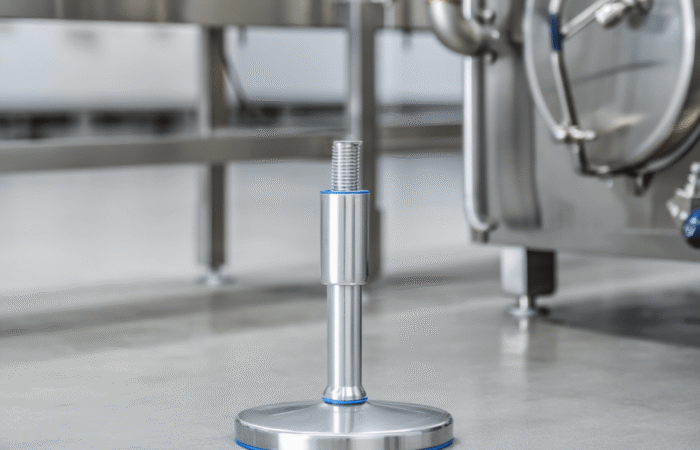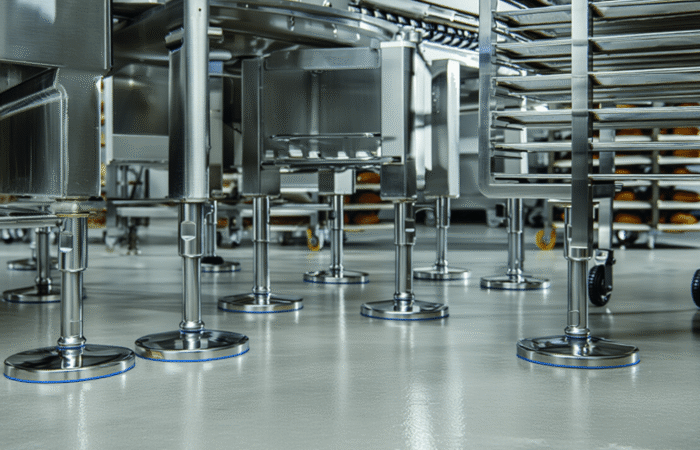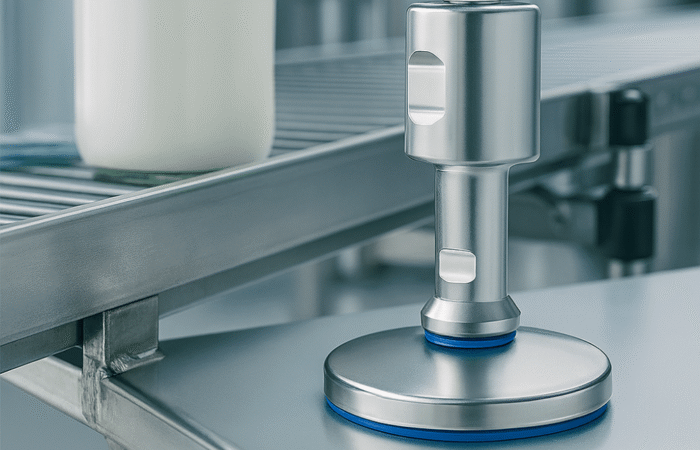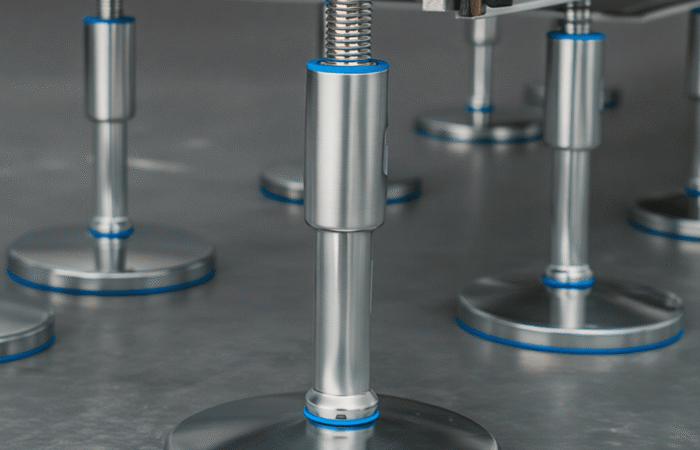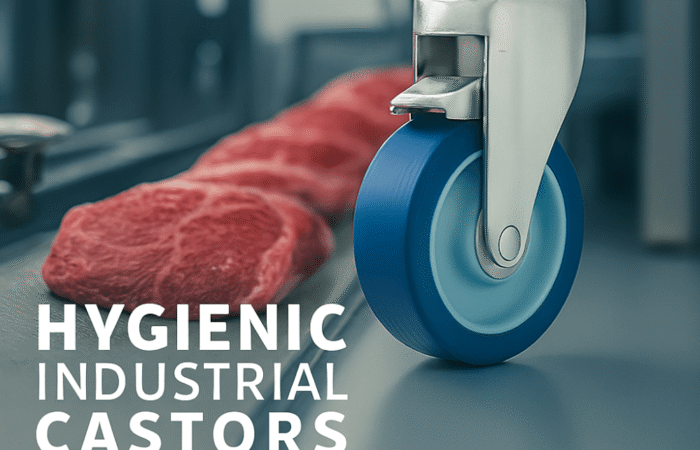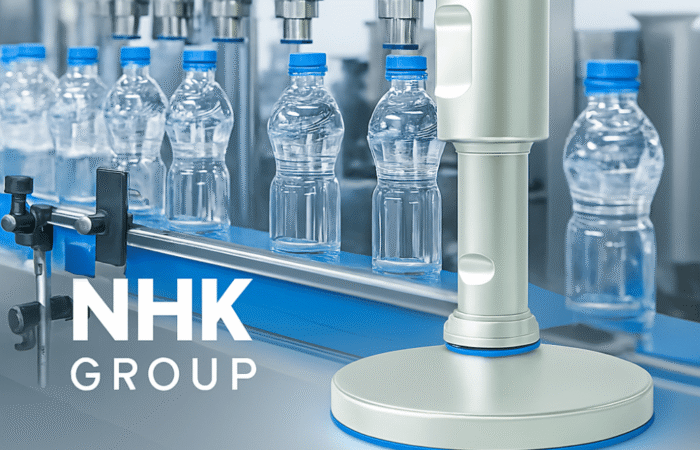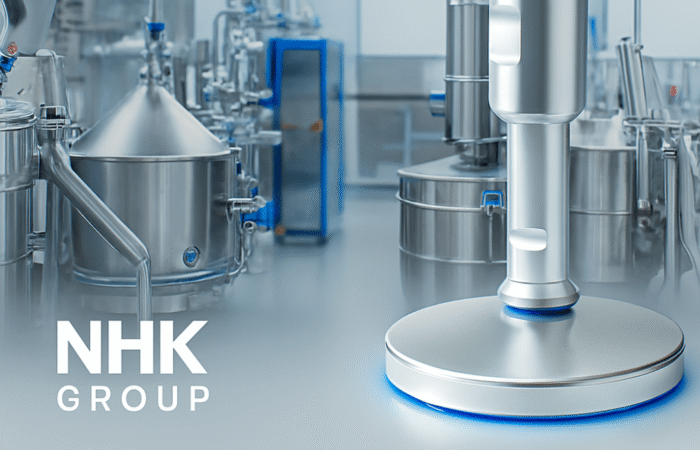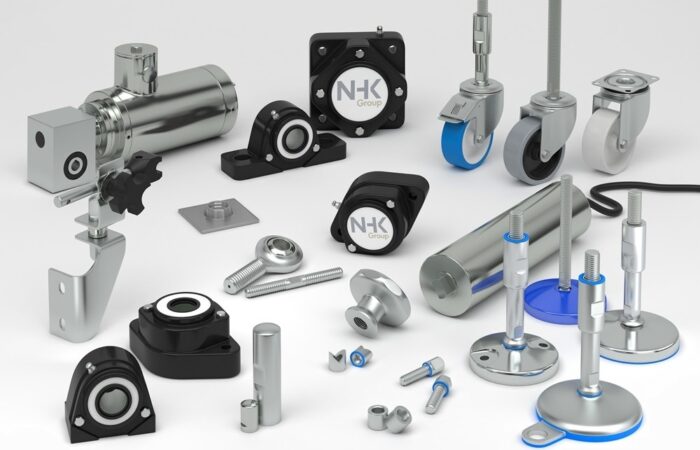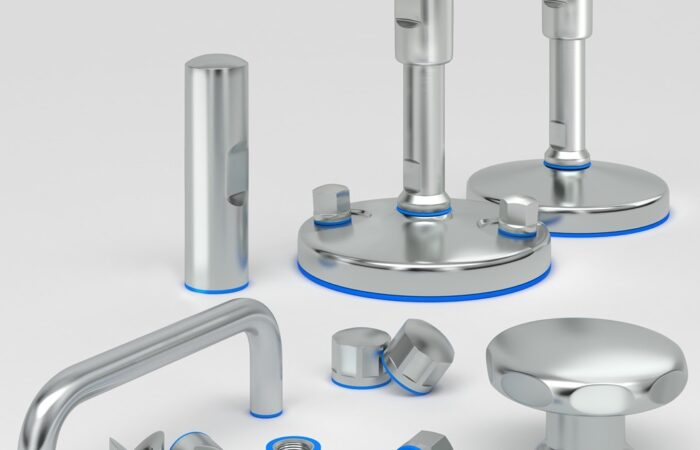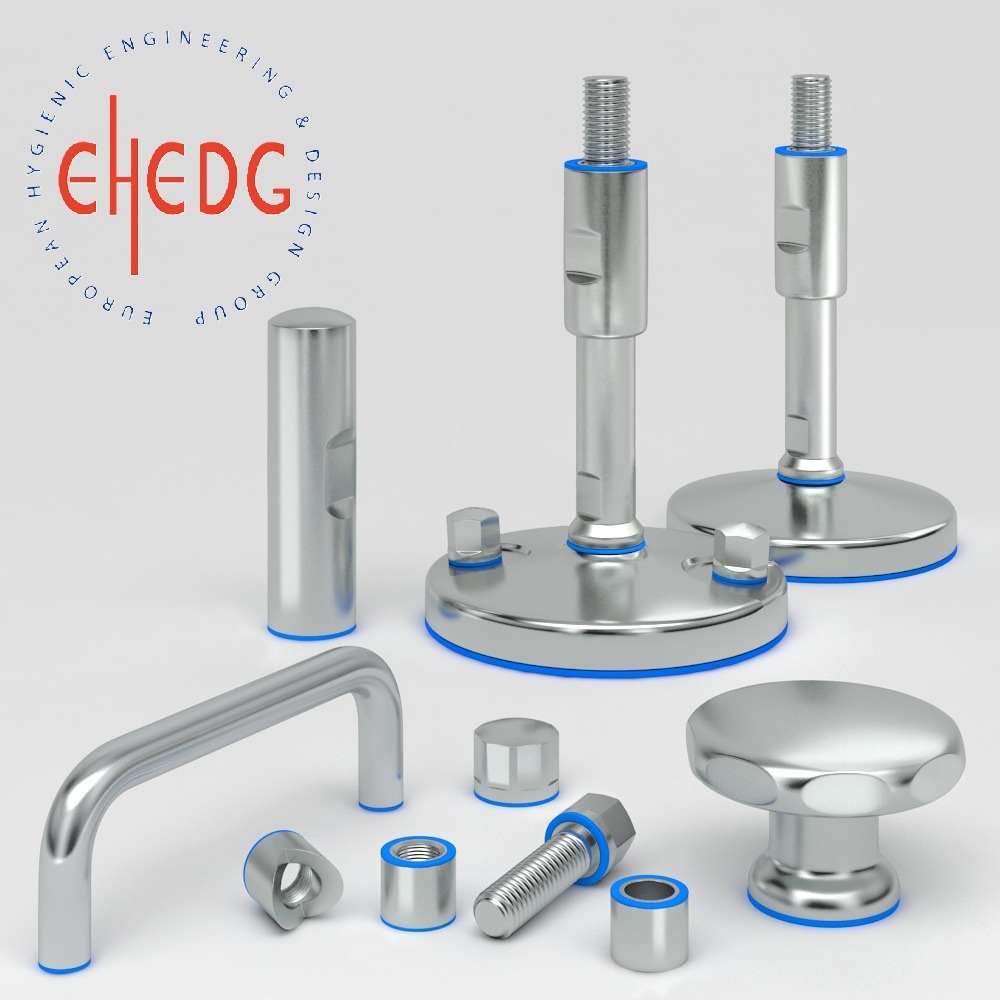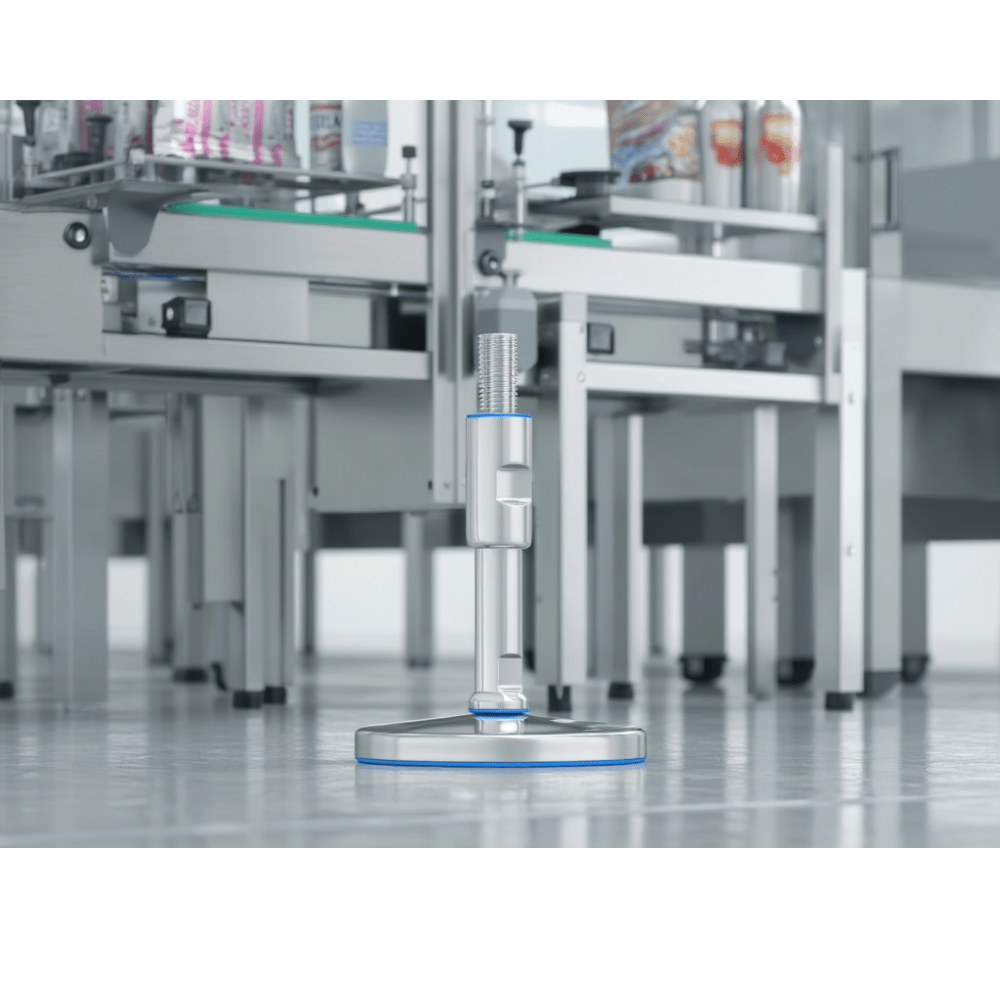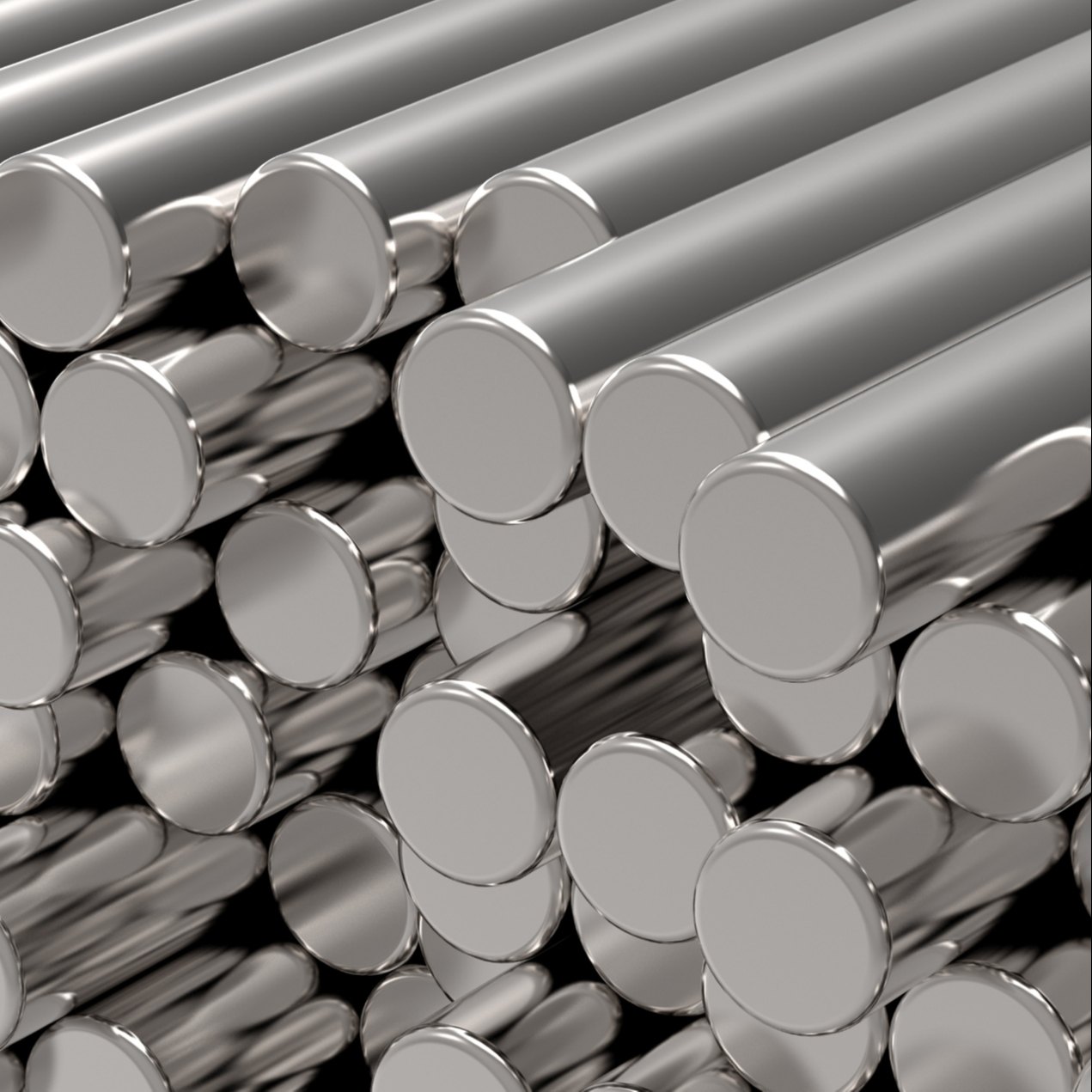
440 Stainless Steel: A Game-Changer in Bearing Manufacturing
In the world of precision engineering, the choice of materials can make or break the performance of components. Bearings, in particular, require materials that can withstand high stress, extreme temperatures, and challenging environments. Among the many materials available, 440 stainless steel has emerged as a top choice for bearing manufacturing due to its unparalleled combination of strength, durability, and corrosion resistance. This article explores the properties of 440 stainless steel, its applications in bearing production, and why it outperforms other materials in demanding industries such as food processing, pharmaceuticals, aerospace, and marine environments. 440 stainless steel is part of the martensitic stainless steel family, renowned for its high carbon content and ability to achieve excellent hardness through heat treatment. This steel is classified into three grades: 440A, 440B, and 440C, with 440C being the most commonly used in bearing manufacturing. In industries like food processing and pharmaceuticals, bearings are frequently exposed to moisture, cleaning chemicals, and other corrosive agents. 440 stainless steel provides superior resistance to rust and corrosion, ensuring a longer service life and maintaining hygienic standards. Bearings made from 440 stainless steel can withstand high loads and repeated stress without deformation. This makes them ideal for heavy-duty machinery in industries such as aerospace and automotive. The material’s easy-to-clean surface makes it a preferred choice in EHEDG- and FDA-compliant environments where hygiene is critical. Its smooth finish minimizes the risk of contamination in sensitive applications. 440 stainless steel bearings are versatile and find applications in various sectors, including: While 304 stainless steel offers excellent corrosion resistance, it lacks the hardness and wear resistance of 440 stainless steel. Bearings made from 304 stainless steel are suitable for low-stress applications but cannot match the durability of 440C in demanding environments. Known for its superior corrosion resistance, 316 stainless steel is often used in marine applications. However, it doesn’t achieve the same level of hardness as 440 stainless steel, making it less suitable for high-load and high-wear applications like bearings. Although carbon steel is strong and cost-effective, it is highly prone to corrosion, especially in wet or chemical-rich environments. 440 stainless steel outperforms carbon steel with its corrosion resistance and hygienic properties. The heat treatment process is critical for achieving the desired mechanical properties in 440 stainless steel bearings. In addition to their superior performance, 440 stainless steel bearings contribute to sustainability. Their long service life reduces the need for frequent replacements, minimizing waste. Furthermore, stainless steel is recyclable, making it an environmentally friendly choice for manufacturers aiming to reduce their carbon footprint. The unique properties of 440 stainless steel make it suitable for bearings in diverse applications, including: When selecting bearings made from 440 stainless steel, consider the following factors: As industries demand higher performance, efficiency, and sustainability, 440 stainless steel bearings are set to remain a cornerstone of reliable machinery. Their unparalleled combination of hardness, corrosion resistance, and hygienic properties ensures they meet the rigorous demands of modern manufacturing and industrial applications. Whether you’re in food processing, pharmaceuticals, or heavy industry, investing in 440 stainless steel bearings guarantees a longer-lasting, more efficient, and environmentally friendly solution.The Power of 440 Stainless Steel: The Backbone of High-Performance Bearings
What is 440 Stainless Steel?
Key Properties of 440 Stainless Steel
Why 440 Stainless Steel is Ideal for Bearing Manufacturing
Corrosion Resistance for Harsh Environments
High Load Capacity and Durability
Compatibility with Hygienic Standards
Versatility Across Industries
Comparison with Other Stainless Steel Grades
304 Stainless Steel
316 Stainless Steel
Carbon Steel
Heat Treatment Process for 440 Stainless Steel Bearings
Environmental Benefits of 440 Stainless Steel Bearings
Applications of 440 Stainless Steel Bearings
How to Choose the Right 440 Stainless Steel Bearings
The Future of 440 Stainless Steel Bearings
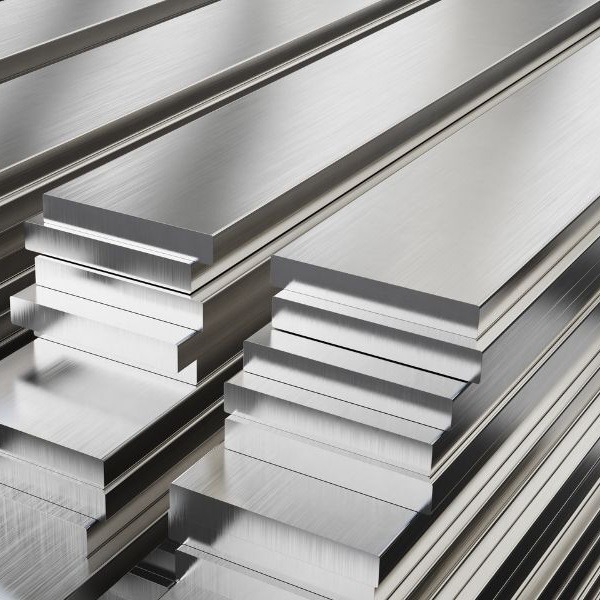
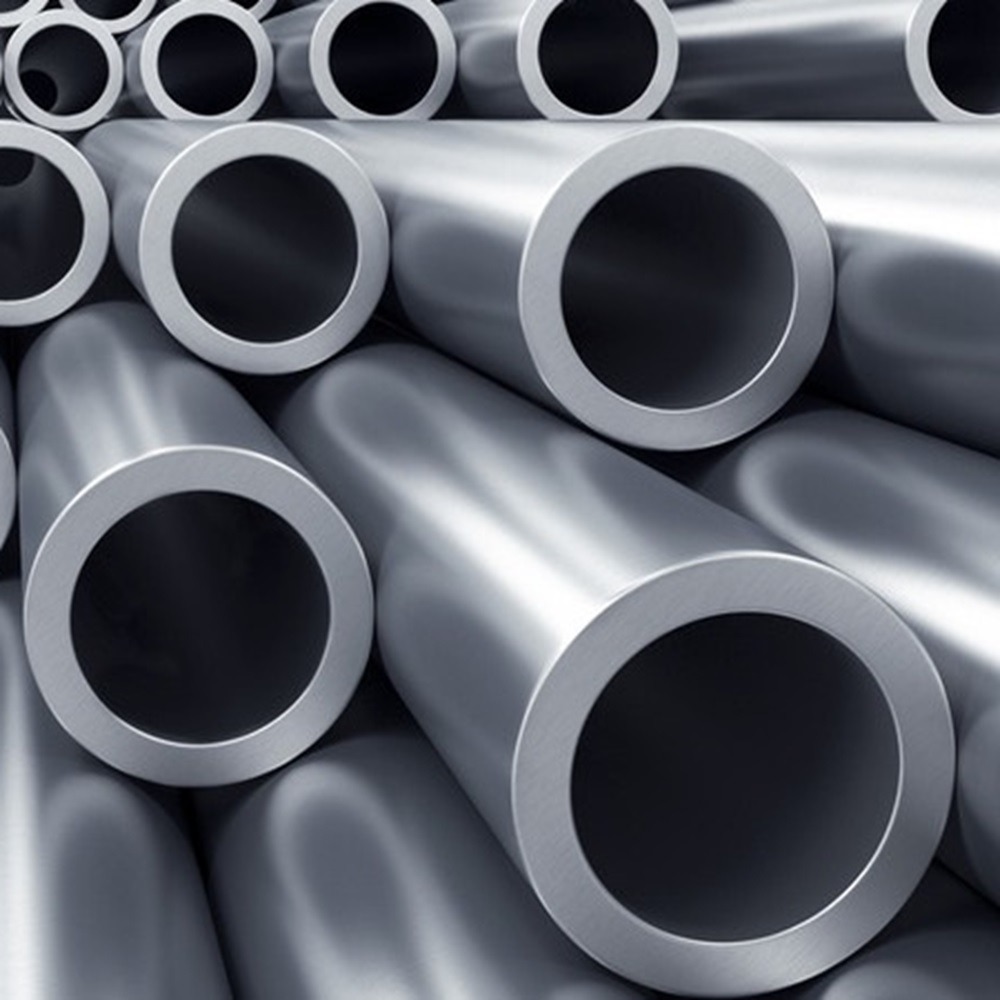
Contact
